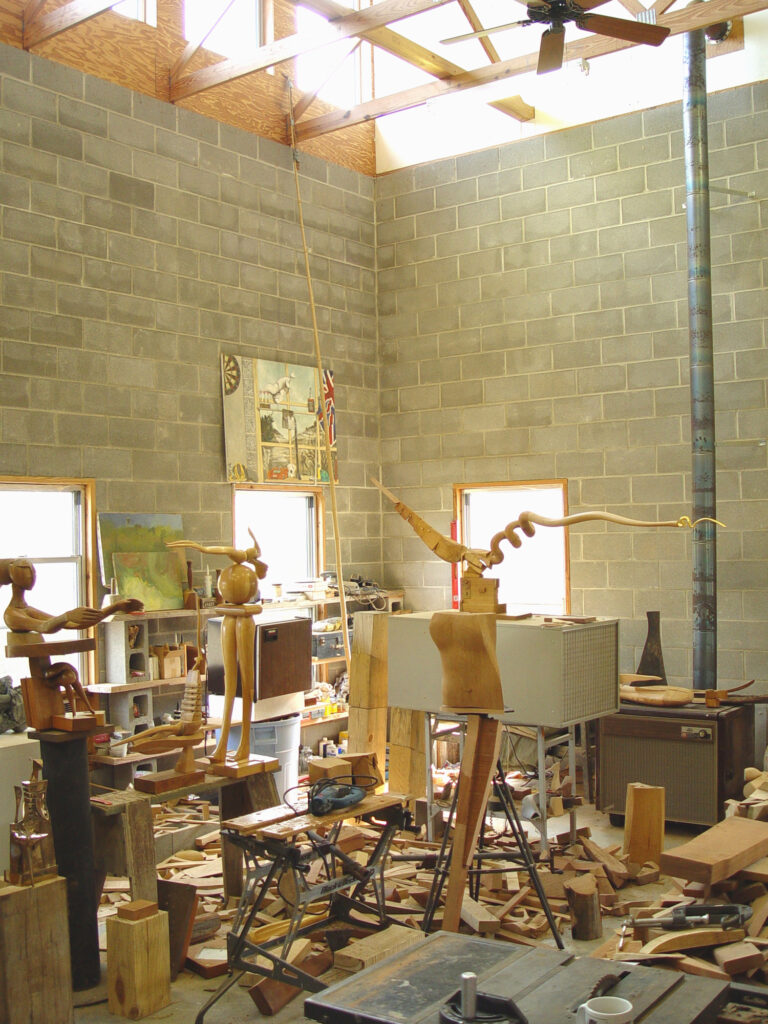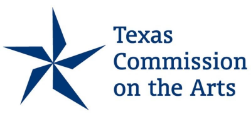Outside of Time: Philip John Evett (1923-2016)



“The sculptures emerge from the making, from the initial process of joining pieces of wood anticipating the evolution of forms in significant relationship, which becomes the focus for exploration. I prefer not to plan but to discover surprises. The titles come later and are suggestive. The drawings follow the hand in the same way. What is not planned cannot be predicted.” Philip John Evett – December 22, 2003
Philip John Evett’s sculpture exists outside of time. It is impossible to place the work into one particular style or art movement even though he was a prolific artist for more than 60 years. Retro, modern, contemporary, and classical are all appropriate in describing his elegant sculpted forms. He originally worked with stone, clay, plastic, steel, and iron, but for the last 50 years, maple, cedar, mahogany, and oak were his been his primary media. His process involved carving wood sections that were later assembled with exact precision to form the final human forms that sit, recline, stand or stride with confidence. The scale varies from larger than life to small table-top size figural compositions of mismatched limbs and featureless faces. Donald S. Vogel, founder of Valley House Gallery in Dallas, described Evett’s “anthropomorphic forms” as resembling “strange mannequins” that appear “almost joyous,” exuding “some unfathomable charm.”

Phil Evett was born in Swanscombe, Kent, England in 1923. He received a full scholarship to the Cambridge College of Art in Cambridge, England, which he attended from 1938 to 1941. During World War II he was a member of the Royal Air Force and was in active service until 1945. After the war, Evett studied sculpture at the Belfast College of Art in Belfast, Ireland, from 1946 to 1948. He worked for the ecclesiastical restoration firm of Rattee and Kett, Ltd., repairing cathedrals and churches and “inscriptional letter cutting” on University College Chapel War Memorials from 1947 until 1952.

Evett’s teaching career began at the Cambridge College of Art in 1949, where he was engaged part-time until 1954. He then immigrated to the United States in 1954, and taught at the San Antonio Art Institute from 1958 to 1962. In 1960 the artist began a long teaching career at Trinity University in San Antonio, from which he retired as Professor Emeritus in 1988.
Throughout his career, Evett’s work was featured in many solo and group exhibitions in major museums in the American Southwest and England. His works are included in several important public collections, including the McNay Art Museum, the Montclair Museum of Art in New Jersey, the Roswell Museum, the Witte Museum, the University of Texas at Austin and the University of Oklahoma, Norman. He also received numerous awards and honors, including the First Sculpture Award in Dublin, Ireland in 1947 and the San Antonio Artist of the Year Award (San Antonio Art League) in 1962. He served on the City of San Antonio Fine Arts Commission from 1969-1973, receiving a citation for Outstanding Service to the Community.
The Grace Museum is pleased to present this important exhibition of sculpture and drawings from throughout Evett’s career. Assistance from Kevin Vogel of Fine Art Estates and Valley House Gallery, Phil Evett’s wife Joanne of Blanco, Cindy Leffingwell and Jerrie Jackson of San Antonio was instrumental in the organization of this exhibition. Their enthusiasm and support for Evett’s work and legacy is as personal and professional as it is inspiring.



Exhibitions Sponsors

